Mouse IL-17A High Sensitivity ELISA Kit
$319.00 – $449.00
ELISA Kit Detail Information
| Related Target | |
|---|---|
| Species | mouse |
| Sample Type | Serum, plasma, cell culture supernatant, and other biological samples |
| Sample Volume | 20 μL |
| Sensitivity | 0.18 pg/mL |
| Array Range | 1.56 pg/mL – 100 pg/mL |
| Assay Time | 3.5 h |
| Recovery | 82% – 120% |
| Average Recovery | 105% |
| Intra Precision | 4.1% – 4.9% |
| Inter Precision | 4.8% – 9.7% |
| Plate | Detachable 96-well plate |
| Storage | If the reagent kit is unopened, it should be stored at 4℃. However, if it has been opened, the standard solution should be stored at -20℃, while the other components should be stored at 4℃. |
| Delivery | 4℃ blue ice transportation |
| Components | 96-well polystyrene enzyme-linked immunosorbent assay (ELISA) plate coated with anti-IL-17A monoclonal antibody Mouse IL-17A freeze-dried standard IL-17A detect Antibody Standard Diluent HRP-labeled streptavidin Signal enhancer concentrate Signal enhancer diluent Assay Buffer(10×) Substrate TMB Stop Solution Washing Buffer(20×) Sealing Film |
| Assay Principle | This kit utilizes the double antibody sandwich enzyme-linked immunosorbent assay (ELISA) detection technique.Specific anti-mouse IL-17A antibodies are precoated on a high-affinity ELISA plate.Standards and test samples are added to the wells of the ELISA plate. After incubation, the IL-17A present in the samples binds to the solid-phase antibodies. After washing to remove unbound substances, biotinylated detection antibodies are added and incubated. After washing to remove unbound biotinylated antibodies, streptavidin-HRP labeled with horseradish peroxidase is added. After washing again, a signal enhancer is added and incubated. After washing to remove unbound substances, Streptavidin-HRP is added once more. After washing, a colorimetric substrate, TMB, is added and the plate is incubated in the dark for color development. The intensity of the color reaction is directly proportional to the concentration of IL-17A in the samples. A stop solution is added to terminate the reaction, and the absorbance value is measured at a wavelength of 450 nm (with a reference wavelength range of 570-630 nm). |
Related Targets
IL17A
IL17A Target Infomation Overview
- Target Symbol: IL17A, interleukin 17A
- Gene Groups: Interleukins
- Alias: IL-17A; IL-17
- Previous Names: CTLA8; IL17
- Alias Names: cytotoxic T-lymphocyte-associated protein 8; interleukin 17 (cytotoxic T-lymphocyte-associated serine esterase 8)
IL17A, interleukin 17A Target Infomation by Species
- Human
- Mouse
- Rat
Human IL17A Target Information
- Target Symbol: IL17A, interleukin 17A
- Alias:
- CTLA-8
- CTLA8
- cytotoxic T-lymphocyte-associated antigen 8
- cytotoxic T-lymphocyte-associated protein 8
- cytotoxic T-lymphocyte-associated serine esterase 8
- IL-17
- IL-17A
- IL17
- ILA17
- interleukin 17 (cytotoxic T-lymphocyte-associated serine esterase 8)
- interleukin-17
- interleukin-17A
- NCBI_Gene: 3605
- UniProtKB: Q16552
Human IL17A Predicted Functions
Predicted to enable cytokine activity; protein heterodimerization activity; and protein homodimerization activity. Involved in several processes, including interleukin-17-mediated signaling pathway; positive regulation of cytokine production; and positive regulation of osteoclast differentiation. Acts upstream of or within positive regulation of cytokine production and positive regulation of transcription by RNA polymerase II. Predicted to be located in extracellular region. Implicated in Mycobacterium avium complex disease; autoimmune disease (multiple); bronchial disease (multiple); macular degeneration; and rhinitis (multiple). Biomarker of several diseases, including acne; autoimmune disease (multiple); eye disease (multiple); lung disease (multiple); and rhinitis (multiple).
Mouse Il17a Target Information
- Target Symbol: Il17a, interleukin 17A
- Alias:
- Ctla-8
- Ctla8
- cytotoxic T lymphocyte-associated protein 8
- IL-17A
- Il17
- interleukin 17
- NCBI_Gene: 16171
Mouse Il17a Predicted Functions
Enables protein heterodimerization activity and protein homodimerization activity. Involved in several processes, including defense response to other organism; intestinal epithelial structure maintenance; and positive regulation of gene expression. Acts upstream of or within cellular response to interleukin-1; positive regulation of cytokine production involved in inflammatory response; and positive regulation of transcription by RNA polymerase II. Located in external side of plasma membrane and extracellular space. Human ortholog(s) of this gene implicated in Mycobacterium avium complex disease; autoimmune disease (multiple); bronchial disease (multiple); eye disease (multiple); and rhinitis (multiple). Orthologous to human IL17A (interleukin 17A).
Rat Il17a Target Information
- Target Symbol: Il17a, interleukin 17A
- Alias:
- CTLA-8
- cytotoxic T-lymphocyte-associated antigen 8
- hypothetical protein LOC301289
- IL-17
- IL-17A
- Il17
- interleukin 17
- Interleukin 17 (cytotoxic T-lymphocyte-associated serine esterase 8)
- interleukin-17A
- LOC301289
- similar to Interleukin-17 precursor (IL-17) (Cytotoxic T lymphocyte-associated antigen 8) (CTLA-8)
- NCBI_Gene: 301289
Rat Il17a Predicted Functions
Predicted to enable protein heterodimerization activity and protein homodimerization activity. Involved in several processes, including cellular response to glucocorticoid stimulus; positive regulation of necrotic cell death; and positive regulation of transcription by RNA polymerase II. Located in cytoplasm and extracellular space. Used to study anti-basement membrane glomerulonephritis; congestive heart failure; myocarditis; pleurisy; and uveitis. Biomarker of several diseases, including acute necrotizing pancreatitis; inflammatory bowel disease (multiple); lipoid nephrosis; lung disease (multiple); and periodontal disease (multiple). Human ortholog(s) of this gene implicated in Mycobacterium avium complex disease; autoimmune disease (multiple); bronchial disease (multiple); macular degeneration; and rhinitis (multiple). Orthologous to human IL17A (interleukin 17A).

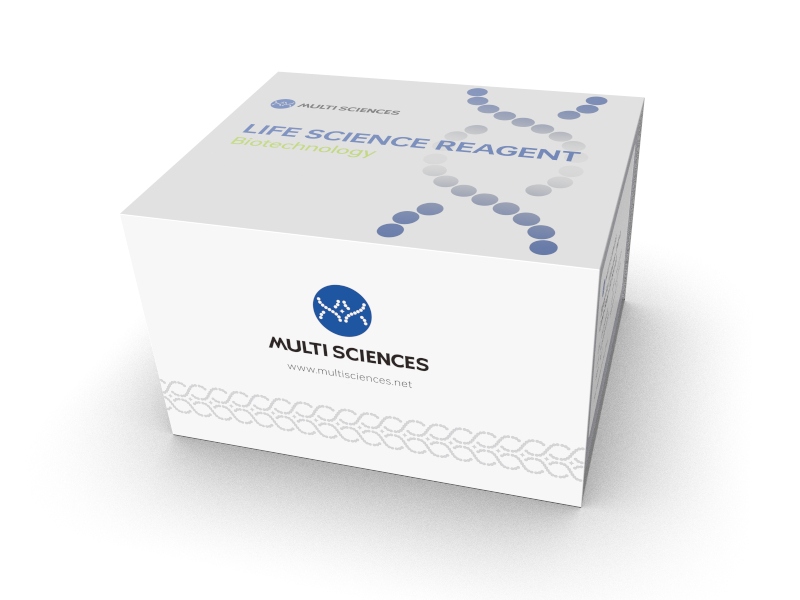
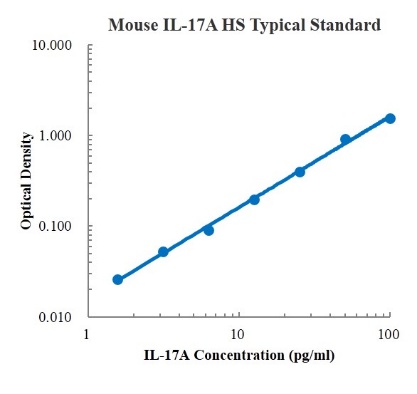
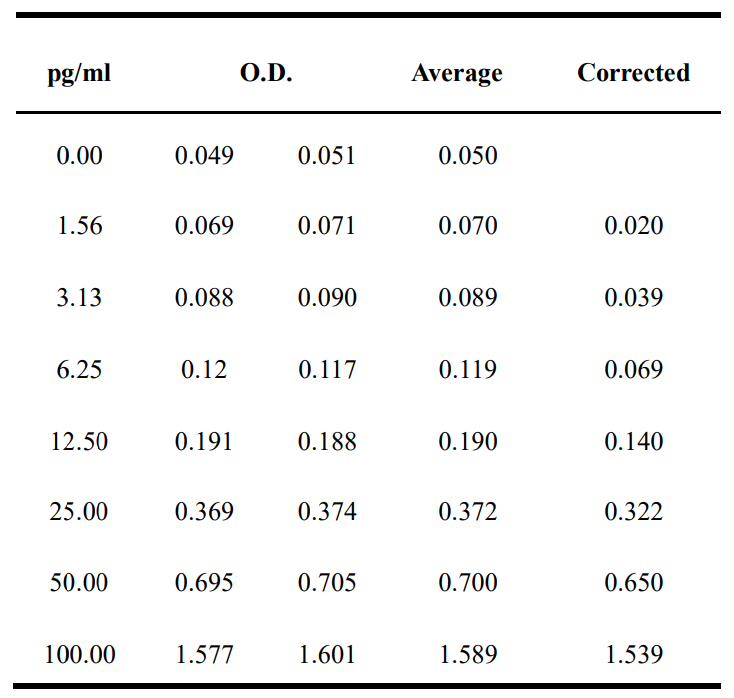
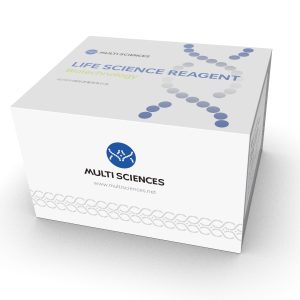

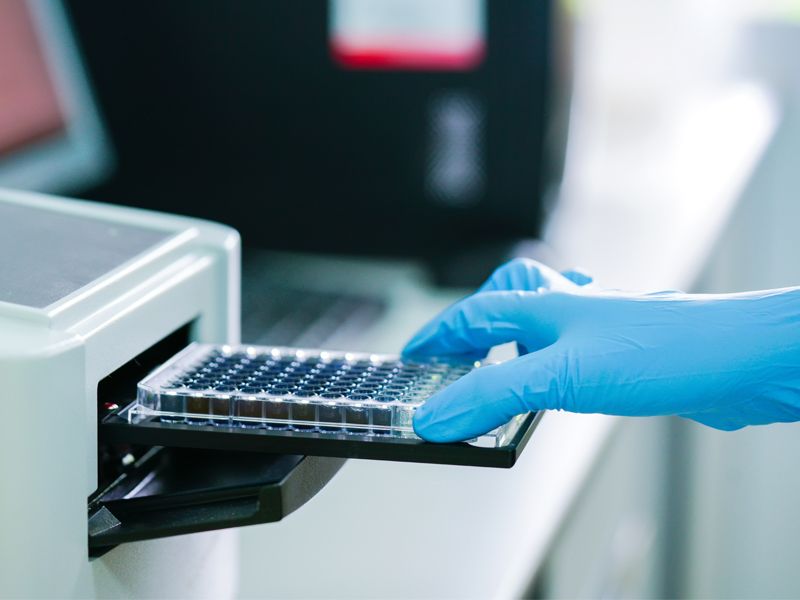
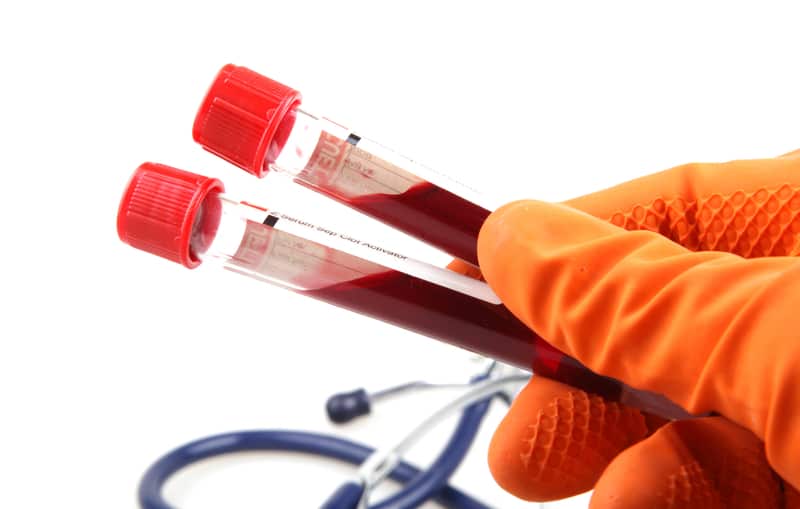
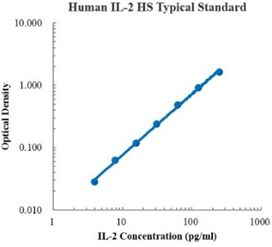
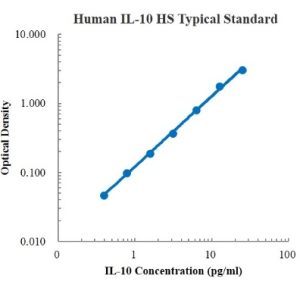
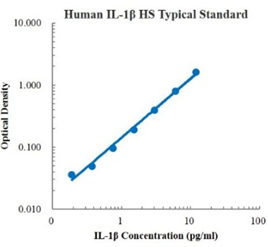
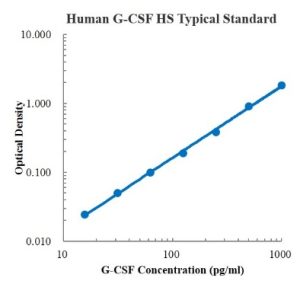
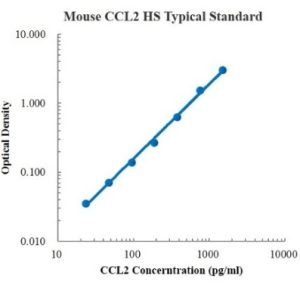
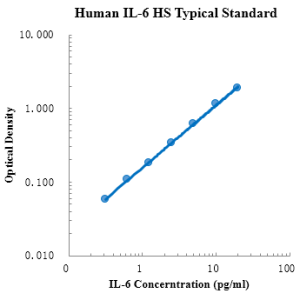
Reviews
There are no reviews yet.